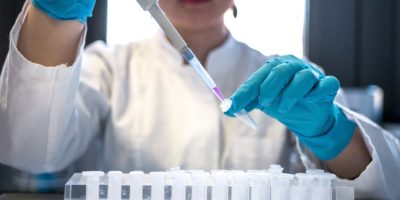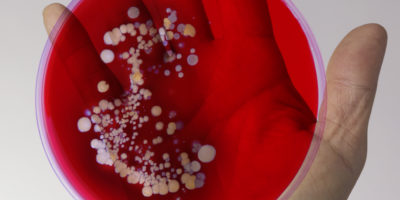New Rules For Cellular Entry May Aid Antibiotic Development
Like entry to an exclusive nightclub, getting inside a gram-negative bacterial cell is no easy feat for chemical compounds. But now a secret handshake has been revealed: A new study lays out several rules to successfully cross the cells’ fortified exteriors, which could lead to the development of sorely needed antibiotics.
“It’s a breakthrough,” says microbiologist Kim Lewis of Northeastern University in Boston, who was not involved with the work. The traditional way to learn how compounds get across the bacterial barrier is to study the barrier, he says. “They decided to attack the problem from the other end: What are the properties of the molecules that may allow them to penetrate across the barrier?” The work describing these properties is published online in Nature on May 10.
Escherichia coli and other gram-negative bacteria — so described because of how they look when exposed to a violet dye called a gram stain — have two cellular membranes. The outer membrane is impermeable to most antibiotics, says Paul Hergenrother, a chemical biologist at the University of Illinois at Urbana-Champaign. “Even if a drug might be really good at killing that gram-negative pathogen, it may not be able to get in the bacteria,” he says.
Source: ScienceNews
Read the rest of the article here.
Related updates

Important Pieces Of A Puzzle

Reflections On COMBACTE-NET
